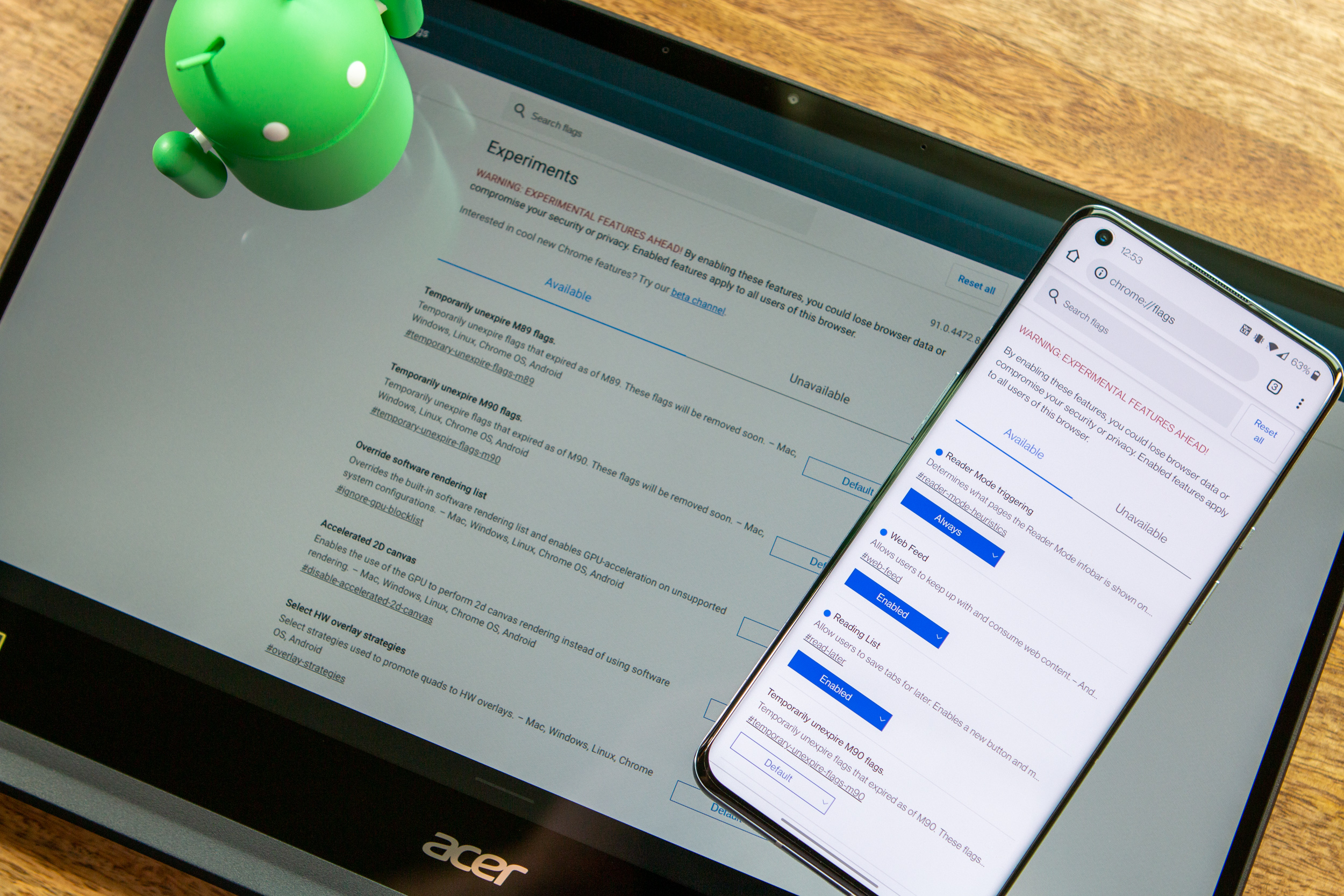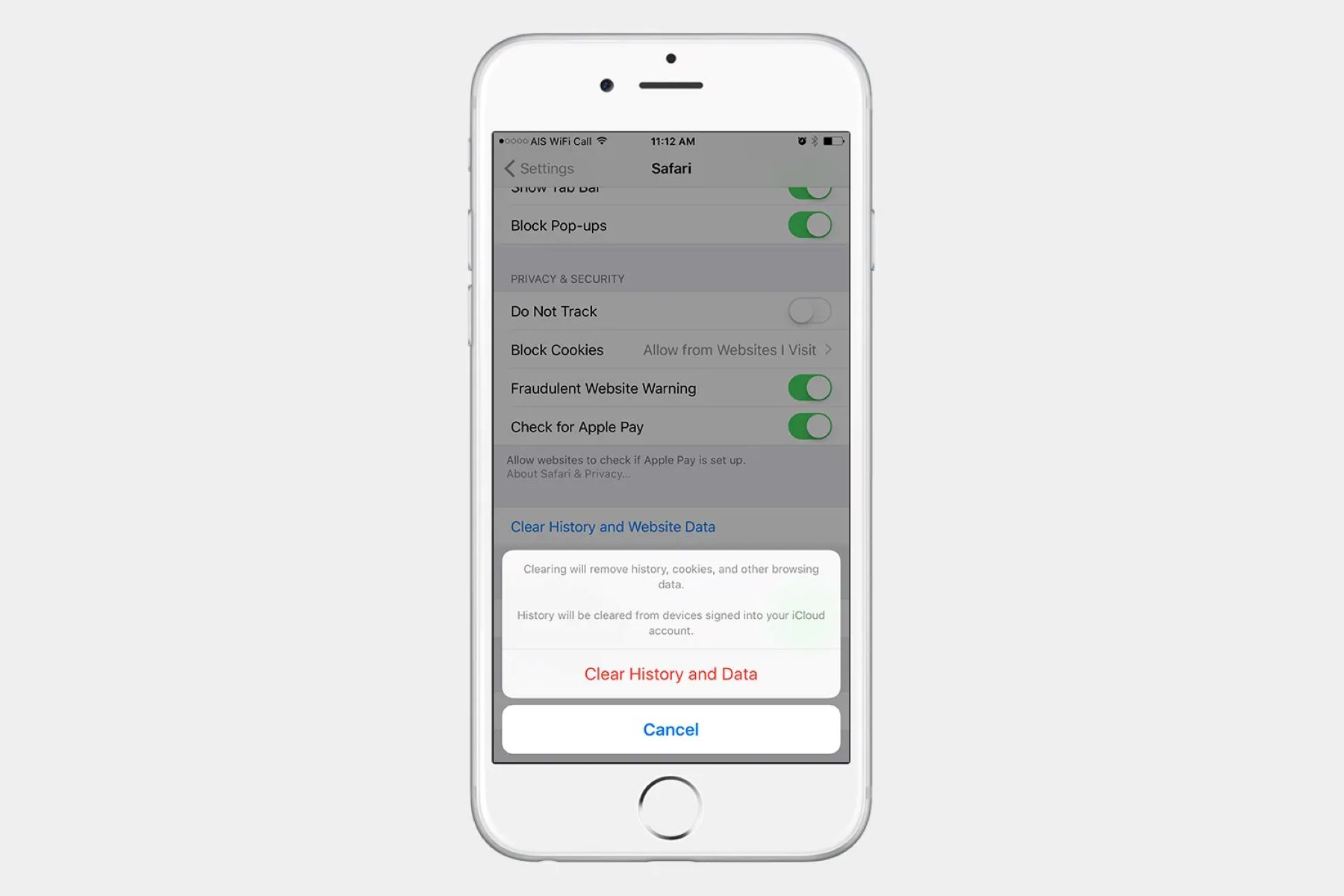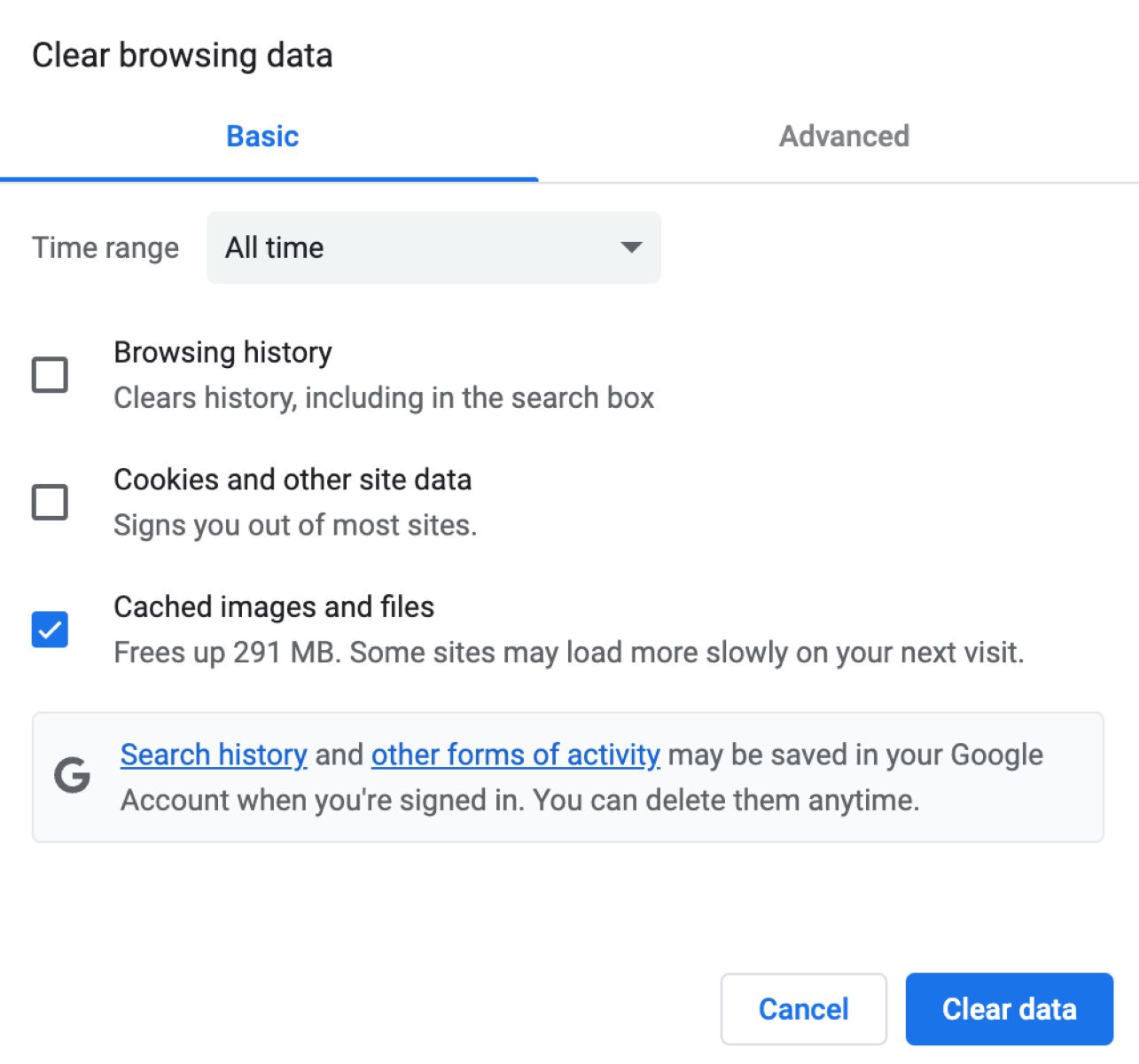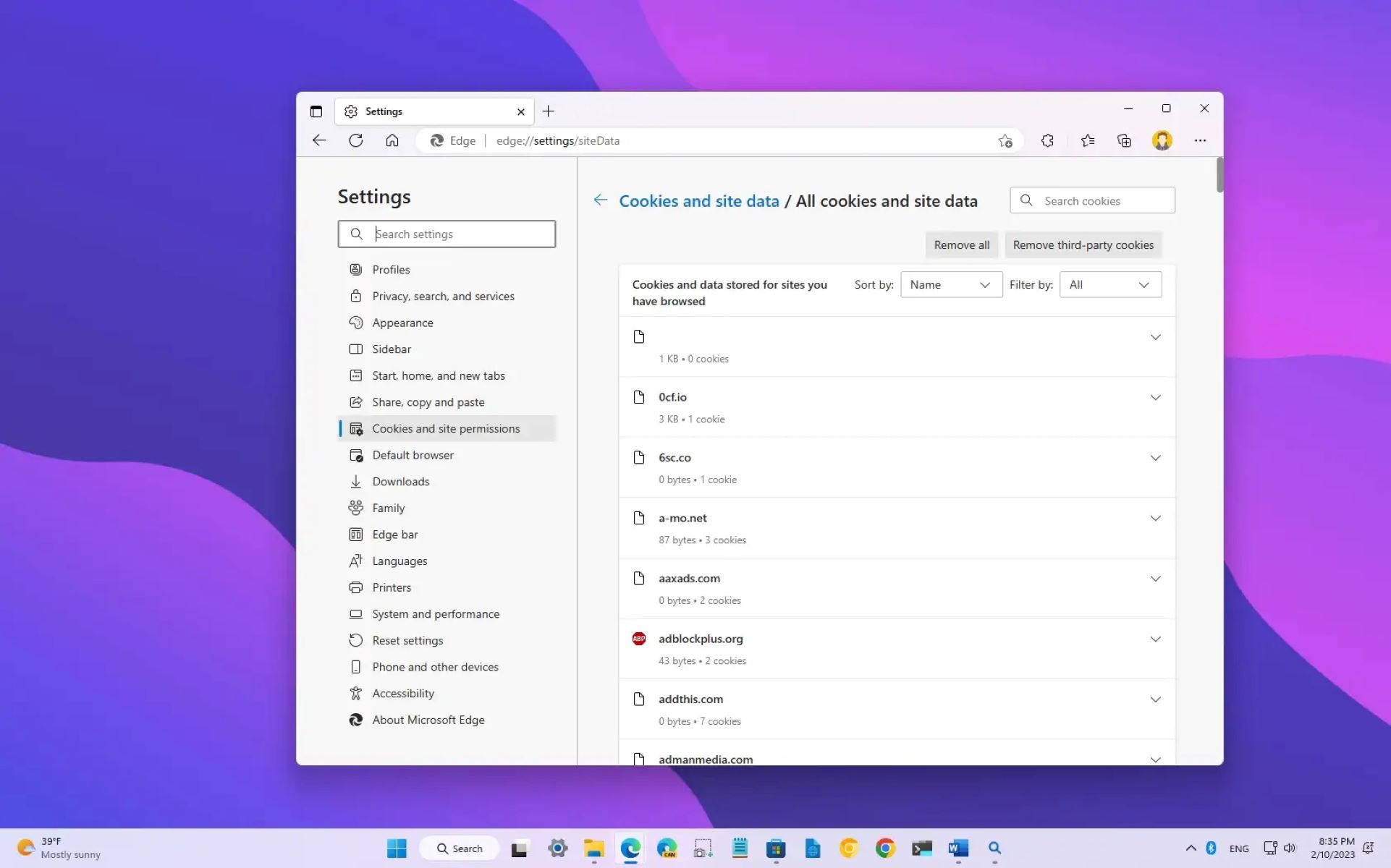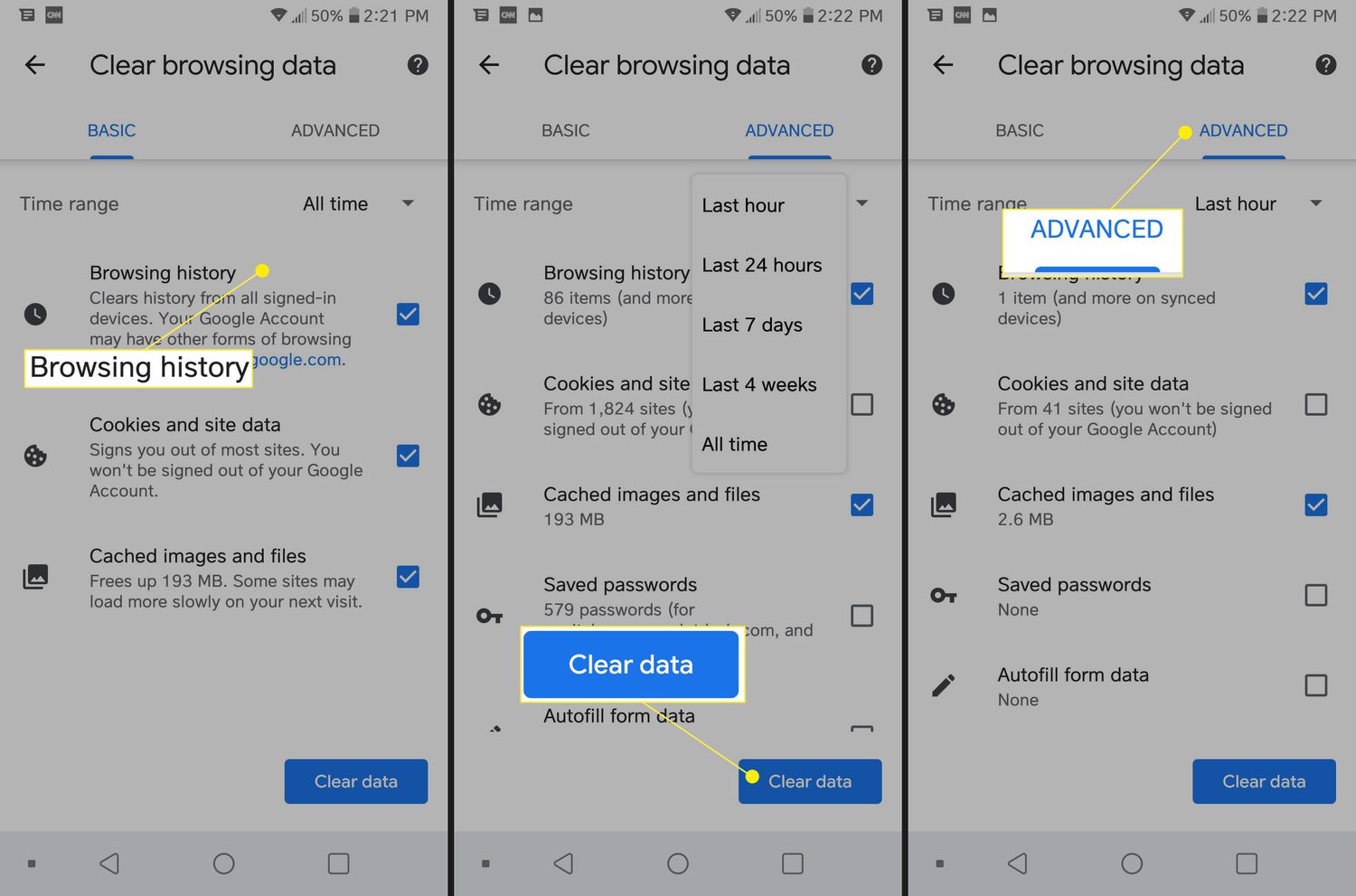Introduction
Opera is a popular web browser known for its speed, security features, and built-in ad blocker. While many users enjoy the browsing experience offered by Opera, there are times when you may need to delete the browser from your device. Whether you're switching to a different browser or troubleshooting issues, knowing how to properly remove Opera from your Windows, Mac, Android, or iOS device can be valuable.
In this guide, we'll walk you through the step-by-step process of uninstalling Opera Browser on various platforms. From Windows to Mac, Android, and iOS, we've got you covered. By following these instructions, you can ensure a clean removal of Opera Browser and its associated data, freeing up space on your device and preparing it for a fresh start or a new browser installation.
So, whether you're a Windows aficionado, a Mac enthusiast, or a mobile user on Android or iOS, this comprehensive guide will equip you with the knowledge to bid adieu to Opera Browser when the need arises. Let's dive into the specific steps for each platform to effectively delete Opera Browser and its remnants from your device.
Step 1: Uninstalling Opera Browser on Windows
Uninstalling Opera Browser from a Windows computer is a straightforward process that can be completed using the Control Panel. Follow these simple steps to remove Opera Browser from your Windows device:
-
Open the Control Panel: Click on the "Start" button and type "Control Panel" in the search bar. Select "Control Panel" from the search results to open it.
-
Navigate to Programs and Features: Within the Control Panel, locate and click on the "Programs" category. Then, click on "Programs and Features" to view a list of installed programs on your computer.
-
Locate Opera Browser: Scroll through the list of installed programs to find Opera Browser. Once you've located it, click on it to select the application.
-
Uninstall Opera Browser: With Opera Browser selected, click on the "Uninstall" button located at the top of the list of programs. Follow the on-screen prompts to confirm the uninstallation process.
-
Complete the Uninstallation: Allow the uninstallation process to complete. Depending on your system and the amount of data associated with Opera Browser, this process may take a few moments.
-
Restart Your Computer: Once the uninstallation is finished, it's recommended to restart your computer to ensure that any remaining components of Opera Browser are fully removed from your system.
By following these steps, you can effectively uninstall Opera Browser from your Windows computer, freeing up space and ensuring a clean removal of the application. This process removes the browser and its associated data, providing a clean slate for you to either reinstall Opera Browser or explore alternative browsing options.
Uninstalling Opera Browser from Windows is a simple and efficient process, allowing you to manage your installed applications and customize your browsing experience based on your preferences and needs. Whether you're transitioning to a different browser or troubleshooting issues, knowing how to uninstall Opera Browser on Windows empowers you to maintain a well-organized and optimized computing environment.
Step 2: Removing Opera Browser on Mac
Removing Opera Browser from a Mac computer involves a straightforward process that ensures a clean uninstallation of the application and its associated data. Follow these step-by-step instructions to effectively remove Opera Browser from your Mac device:
-
Close Opera Browser: Before initiating the uninstallation process, ensure that Opera Browser is closed. If the browser is currently running, click on the Opera menu in the top-left corner of the screen and select "Quit Opera" to close the application completely.
-
Open Finder: Navigate to the Finder icon located in the Dock or click on the desktop to bring Finder into focus.
-
Locate Applications: Within Finder, click on "Applications" in the left-hand sidebar to view a list of installed applications on your Mac.
-
Find Opera Browser: Scroll through the list of applications to locate Opera Browser. Once you've found it, click and hold the Opera icon, then drag it to the Trash icon in the Dock. Alternatively, you can right-click on the Opera icon and select "Move to Trash" from the contextual menu.
-
Empty Trash: After moving Opera Browser to the Trash, right-click on the Trash icon in the Dock and select "Empty Trash" to permanently delete the application and its associated files from your Mac.
-
Confirm Deletion: When prompted, confirm that you want to delete Opera Browser and its associated files by clicking on the "Empty Trash" button in the confirmation dialog.
By following these steps, you can effectively remove Opera Browser from your Mac, ensuring that the application and its remnants are thoroughly deleted from your system. This process provides a clean slate for you to explore alternative browsers or reinstall Opera Browser if needed.
Uninstalling Opera Browser on a Mac is a simple and efficient procedure that allows you to manage your applications and customize your browsing experience according to your preferences. Whether you're transitioning to a different browser or troubleshooting issues, knowing how to remove Opera Browser on a Mac empowers you to maintain an organized and optimized computing environment.
Step 3: Deleting Opera Browser on Android
Deleting Opera Browser from your Android device is a straightforward process that allows you to free up storage space and remove the application along with its associated data. Follow these step-by-step instructions to effectively delete Opera Browser from your Android device:
-
Open Settings: Navigate to the "Settings" app on your Android device. You can typically find the Settings icon in the app drawer or by swiping down from the top of the screen and tapping the gear-shaped icon.
-
Select Apps & Notifications: Within the Settings menu, scroll down and select "Apps & Notifications" or "Apps" to view a list of installed applications on your device.
-
Locate Opera Browser: Scroll through the list of installed apps to find Opera Browser. Once you've located it, tap on the Opera Browser icon to access its app info and management settings.
-
Uninstall Opera Browser: Within the Opera Browser app info screen, tap on the "Uninstall" button. A confirmation dialog will appear, asking if you want to uninstall the app. Tap "OK" to confirm the uninstallation process.
-
Complete the Uninstallation: Allow the uninstallation process to complete. Depending on your device and the size of the application, this process may take a few moments.
-
Clear App Data (Optional): After uninstalling Opera Browser, you may choose to clear the app's data to remove any residual files and settings associated with the application. To do this, go back to the Opera Browser app info screen, tap on "Storage," and then select "Clear Data" or "Clear Storage."
By following these steps, you can effectively delete Opera Browser from your Android device, reclaiming storage space and ensuring a clean removal of the application. This process provides a clean slate for you to explore alternative browsers or reinstall Opera Browser if needed.
Deleting Opera Browser on Android is a simple and efficient procedure that allows you to manage your installed apps and customize your browsing experience based on your preferences. Whether you're transitioning to a different browser or troubleshooting issues, knowing how to delete Opera Browser on Android empowers you to maintain an organized and optimized mobile device.
Step 4: Clearing Opera Browser Data on iOS
Clearing Opera Browser data on iOS devices is an essential step to ensure that all traces of the browser, including browsing history, cookies, cache, and other stored data, are thoroughly removed. By following these steps, you can effectively clear Opera Browser data on your iOS device, providing a clean slate for a fresh browsing experience or for transitioning to an alternative browser.
-
Open Opera Browser: Launch the Opera Browser app on your iOS device.
-
Access Settings: Tap on the "O" menu icon located at the bottom of the browser screen to open the Opera menu. From the menu, select "Settings" to access the browser's settings and configuration options.
-
Navigate to Clear Browsing Data: Within the Settings menu, scroll down and tap on "Clear browsing data." This option allows you to remove various types of browsing data associated with Opera Browser.
-
Select Data Types to Clear: In the Clear Browsing Data menu, you can choose the types of data to clear, such as browsing history, cookies, and cache. Select the data types you want to remove from your device.
-
Confirm Clearing Data: After selecting the desired data types, tap on the "Clear Browsing Data" or "Clear Data" button to initiate the data clearing process. A confirmation dialog may appear to ensure that you want to proceed with clearing the selected data types.
-
Allow the Process to Complete: Depending on the amount of data to be cleared, the process may take a few moments. Allow the browser to complete the data clearing process.
By following these steps, you can effectively clear Opera Browser data on your iOS device, ensuring that all browsing-related information is removed from the application. This process provides a clean slate for you to either continue using Opera Browser with a fresh start or transition to a different browser based on your preferences.
Clearing Opera Browser data on iOS empowers you to maintain control over your browsing privacy and optimize the performance of the browser on your Apple device. Whether you're preparing to reinstall Opera Browser or exploring alternative browsing options, knowing how to clear browsing data on iOS enhances your ability to manage your digital footprint and customize your browsing experience.
Conclusion
In conclusion, knowing how to effectively delete Opera Browser from various platforms empowers users to manage their digital environment, optimize device performance, and customize their browsing experience based on individual preferences. Whether you're transitioning to a different browser, troubleshooting issues, or seeking a fresh start, the step-by-step processes outlined in this guide provide a comprehensive approach to uninstalling Opera Browser and clearing its associated data.
By following the specific instructions for Windows, Mac, Android, and iOS, users can ensure a clean removal of Opera Browser, reclaim storage space, and prepare their devices for a new browsing journey. Uninstalling Opera Browser from Windows involves navigating through the Control Panel to remove the application, while on Mac, the process includes moving the application to the Trash and emptying it to complete the uninstallation. Deleting Opera Browser on Android requires accessing the app settings to initiate the uninstallation, and clearing Opera Browser data on iOS ensures the removal of browsing history, cookies, and cache for a fresh browsing experience.
Furthermore, these procedures enable users to maintain control over their digital footprint, enhance privacy, and optimize the performance of their devices. Whether it's freeing up storage space on a computer, reclaiming memory on a mobile device, or ensuring a clean slate for a new browsing endeavor, the ability to delete Opera Browser and clear its data is a valuable skill for users across different platforms.
As technology continues to evolve, the flexibility to manage applications and customize the digital experience becomes increasingly important. Whether it's exploring alternative browsers, optimizing device resources, or simply decluttering digital spaces, the knowledge and ability to uninstall applications such as Opera Browser contribute to a seamless and personalized digital lifestyle.
In essence, the ability to delete Opera Browser from various platforms is not only a practical skill but also a means to adapt and tailor the digital experience to individual needs and preferences. By following the steps outlined in this guide, users can confidently navigate the process of uninstalling Opera Browser, clearing its data, and preparing for a fresh start in the ever-evolving digital landscape.










